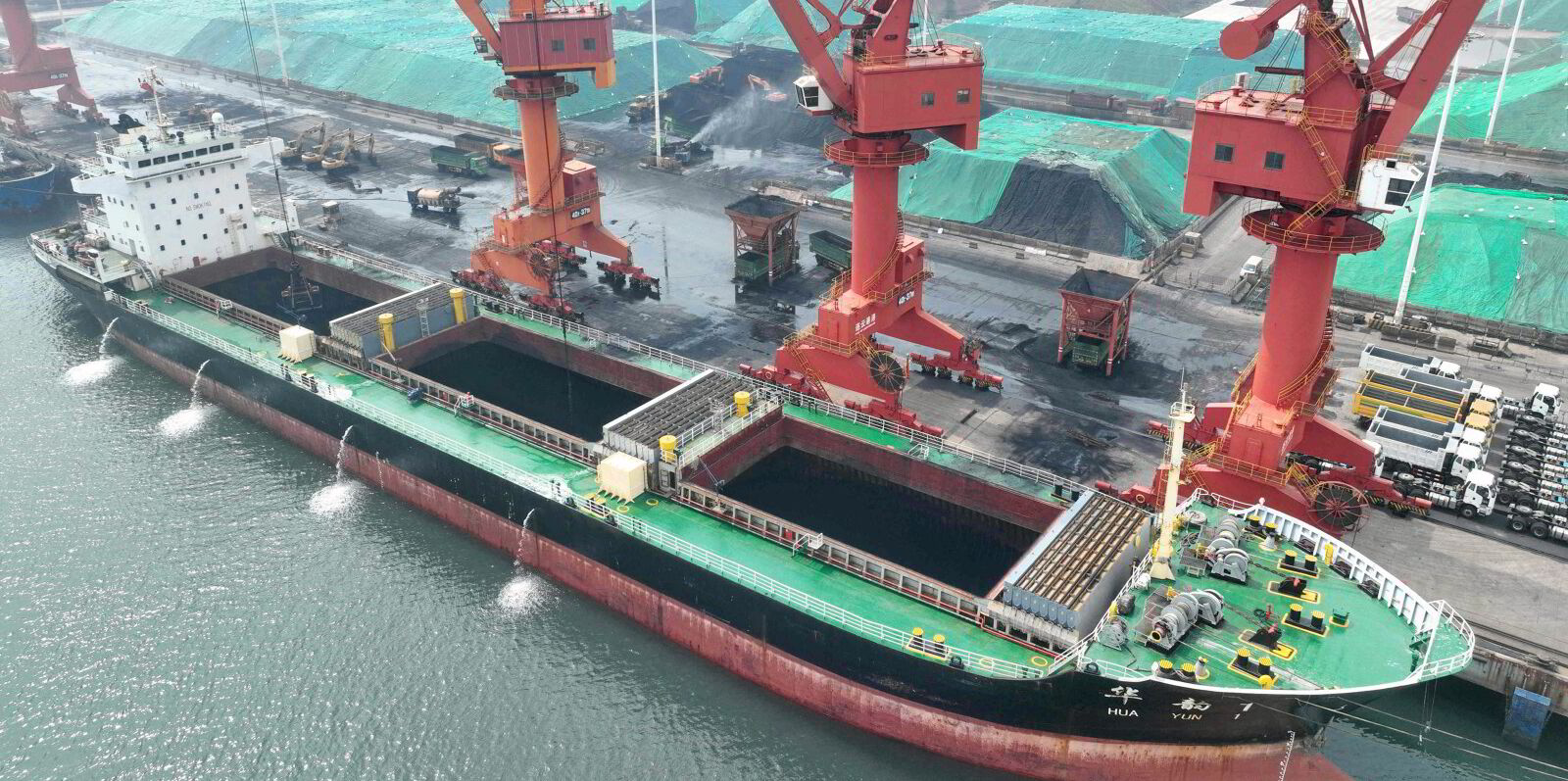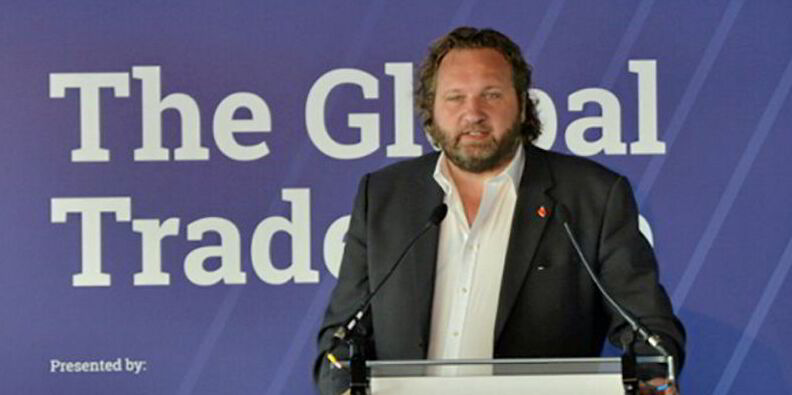If stock markets on Monday were like a Quentin Tarantino movie — lots of blood, lots of action — the freight derivatives market was more Samuel Beckett. There were dramatic overtones, but not much actually happened.
Shipping stocks worldwide were caught in the crossfire as investors reacted to a troubling US jobs report and fears of an American recession.
But the bloodletting in Monday’s forward freight agreement (FFA) market was minimal — not so much flesh wounds as a few paper cuts.
Most FFAs closed lower than on Friday but by only a few hundred dollars or so.
Capesize paper for September on Monday settled at $23,550 per day, $639 lower than Friday. It was the biggest loss of any FFA contract that day.
October contracts closed $378 lower at $27,061 per day.
The same was true for FFAs across the board for supramaxes and handysizes. Panamaxes saw a few green numbers for 82,000-dwt kamsarmax paper, but only to the tune of a few hundred dollars.
Volatility in the freight futures market last month dropped to five-year lows because spot rates have remained steady and shipping markets remain efficient and shock-free.
But demand for some major bulk cargoes is showing signs of a bounceback, according to ShipFix’s daily market report on Monday.
Key bulk commodities
“Among the commodities, iron ore and coal recovered some lost ground amid a rebound in demand,” analyst Ulf Bergman said.
Dry cargo trade volumes this year to date have been very strong, despite the lack of end-user demand in China.
The dry FFA space has an interface with retail investors in the form of the Breakwave Dry Bulk Shipping (BDRY) exchange-traded fund (ETF) on the New York Stock Exchange.
But even this survived the global sell-off relatively unscathed.
Shares in BDRY were trading at $10.78 in midday trading in New York, down by just $0.16 or 1.46% since the market opened.
The ETF, which is managed by Breakwave Advisors, allows investors to make gains from spot rates via the freight futures market for bulkers.
Its exposure is weighted 50% towards capesize FFAs, 40% to panamax and 10% to supramax.
Minor rate adjustments
The physical market on Monday showed small downward adjustments being made to average rate assessments.
Baltic Exchange panellists added $200 to their assessment of average capesize spot rates across five key benchmark routes, which they put at $19,499 per day on Monday.
This, combined with small gains on Friday, means the assessment appears to have found the floor. It has trended downwards for the past month, since hitting a near three-month peak at $32,248 per day on 2 July.
The panamax spot market remains more or less stagnant and average spot rates across five major benchmarks were assessed at $15,273 per day, $72 lower than Friday.
Average supramax rates across 10 key routes have trended down for the past week, but the damage has been slight. Panellists deducted a further $132 from the assessment on Monday, which they put at $14,635 per day.
Just $11 was wiped from the assessment of average handysize rates across seven benchmark routes, which was $13,649 per day.





